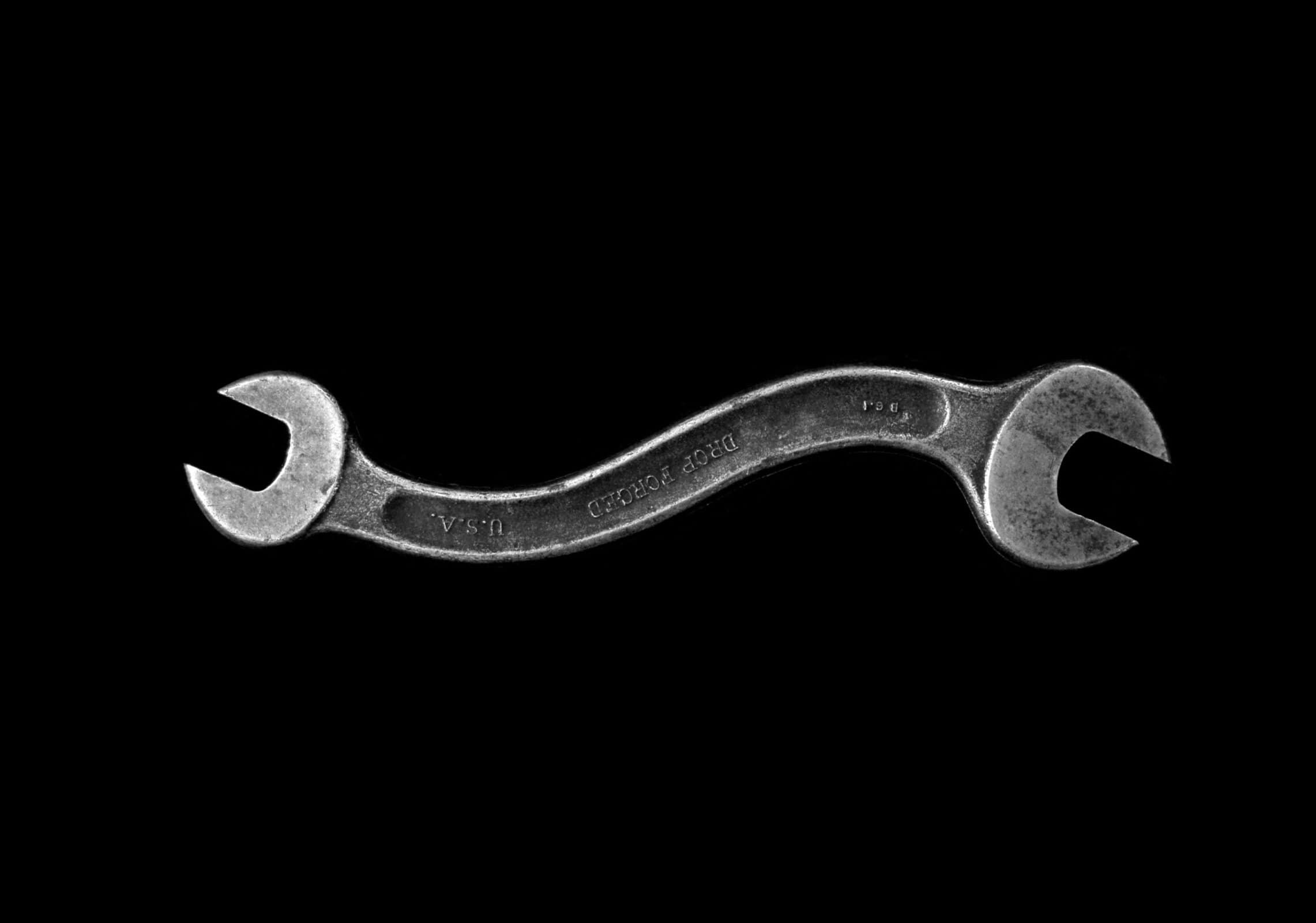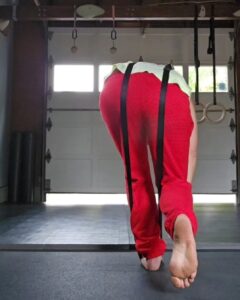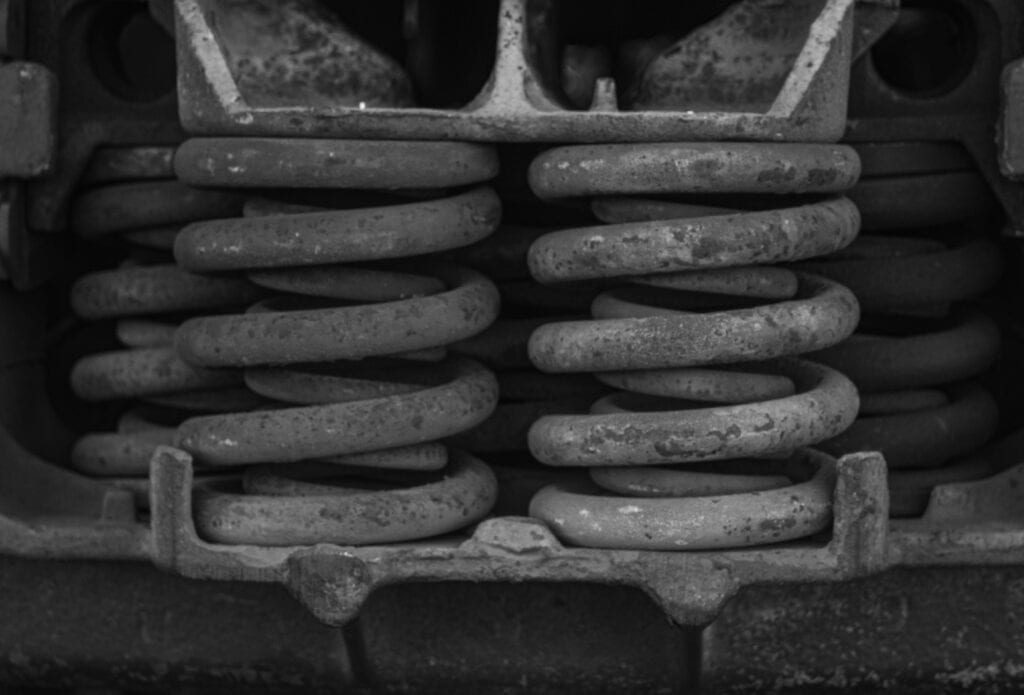
To Twist or Not To Twist
Torsion. We all have it: a particular line of twist running through our carriage, gripping us in a certain way and keeping us upright. Each fold and joint tells its story, whether you realize it or not. It’s how we steady the load ourselves and any thing we attach to. It’s why we have an up leg and a down leg, and why our halves play different roles. The question becomes, When, if ever, do these torsion lines become problematic?
The easiest answer is whenever pain surfaces or performance diminishes. But because there are an infinite number of reasons that could behind either one of those outcomes, we cannot truly know if torsion is the underlying factor. There are parts and pieces, and then there is the system. Torsion best represents what is happening through the system: mapping position, load, compression, pressure, and leverage. It is the biomechanical roadmap of and through the body. Learn to read it, and you can learn to unravel it (should you choose).
WARNING: the process of detorsioning is going to screw you up. Pun intended.
Your body has patterns throughout the halves: this side sits forward, this side folds, this side helps me go down. These tendencies have been arranged to perform this way throughout the course of your life, particularly if you were active and trained. The roles and pairs became a means for function, which is why when you try to flip things and switch the operating system to its opposite, you will initially encounter dysfunction. The time and awareness and attention needed to push the system to the other extreme and then settle on a moderate middle is too great for most to want to pursue. We must also remember that the body does not believe anything is wrong with it. It is under the impression that it is already balanced based on use.
The following hopes to provide some navigational markers for which you to orient (or re-orient) yourself.
Noticing #1: How is Your Body Positioned at REST?
A holding pattern has multiple variables at play: what is contracted and what is relaxed, what is short and what is long, what pushes down and pulls up, what do you see and what do you feel, and how many things are you aware of or can pay attention to? WHAT YOU ARE DOING IS BASED ON YOUR PERCEPTION OF WHAT YOU SHOULD BE DOING. Since this is always changing, as is your ‘control’ over the aforementioned variables, what you adjust, when, and how you adjust it, won’t quite be the same twice.
Example 1:
Example 2:
There is a benefit to both of these techniques. Efficiency and thoroughness have their trade-offs. I personally equate success with expanded awareness — whatever exposes you to something new and useful. (I describe ‘useful’ as anything that expands ability.) This anywhere-anytime-anyway manner of altering makes finding ‘correct’ a slippery process. Keeping it can be even trickier.
Noticing #2: Use TWO Points of Reference
Focusing on a singular point, like the anus, allows for the axis to tip and twist and still remain pressurized. (Imagine all the angles in which you can hold a pen and still keep the tip on the paper.) Utilizing two points, however (like the sit bones, the hips, the heels) grants access to relational information that tends to be more telling. You can consider these two points as two axes and note whether both rotate freely (and opposingly) or not.
Noticing #3: Be able to Push Down Through Both Points
If you imagine your system works like a coil, you will acknowledge and rationalize the twisted spirals that pressurize one side over the other. (Remember that a typical spring utilizes a solitary point on either end.)
If you imagine your system utilizes tensegrity, then you recognize it acts as a series of reactive compressions and suspensions:
This is where the up leg and down leg differential comes in. The up leg hip sits higher and hinges, while the down leg sits lower and drops.

This creates a twist in which the left (up leg) hip sits forward and the right (down leg) sits back. The ribs stacked on top of this right-facing pelvis also become right-oriented, ultimately shifting your central axis to the right. The result is a dominant right half pelvic floor ( and a poorly pressurized left half). It might also why that left side has a tendency to push back when sitting or bending from standing: when you lose your down you have to create stability another way, via another vector.
All of these adjustments can cause issues with the QL, SI joint, low back, neck, lats, and groin (the same areas I have been examining ‘independently’ for some time.). When I am able to load the left sit bone and align the same PSIS vertically, the rest of the system will automatically find more neutral alignment IF it can be relaxed instead of ‘held’. The curve of my left foot corresponds with the tendency of my left pelvis to round forward, and also reflects that I was pigeon toed on that side for almost 20 years. The excessive internal rotation through that side externally rotated the other, and so on and so on and so on. Again, the body finds balance through asymmetry.
I will get into the multiple ways I am trying to consciously and unconsciously load that left side in a future post, but the simplest by far is placing a sheet of carbon fiber only in the shoe of my left leg. Remember, there are consequences to try and re-organize a body that has been built upon a particular pattern – soreness, stiffness, irritation — but I have the time and freedom to tinker around with things. Athletes with scheduled, upcoming competitions might want to keep these systematic upheavals at bay until either the off-season or retirement. Should you decide that you do want to take on the scope of this active, internal investigation, the best advice I could give is to really start investing in the feeling of detorsion. There will likely be a different process on each side to achieve the same thing.




